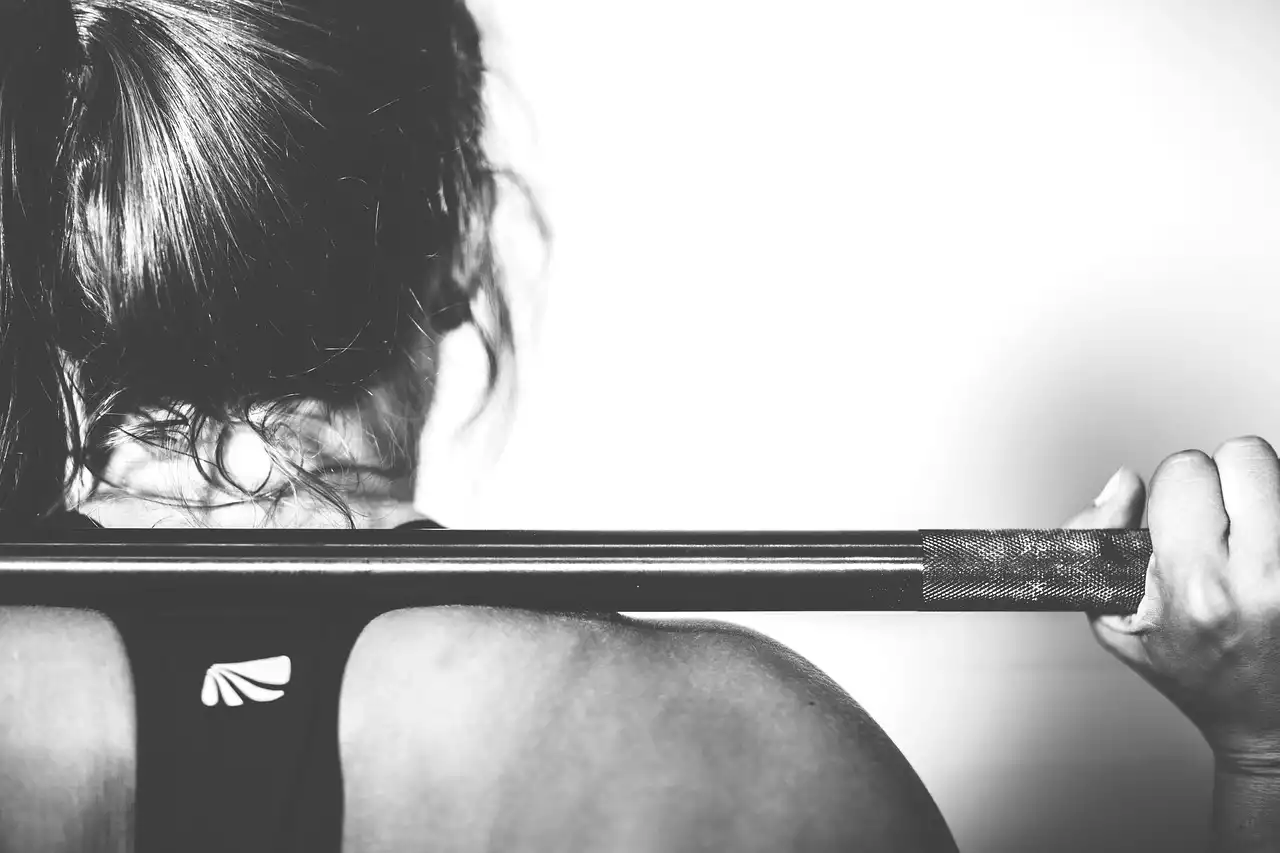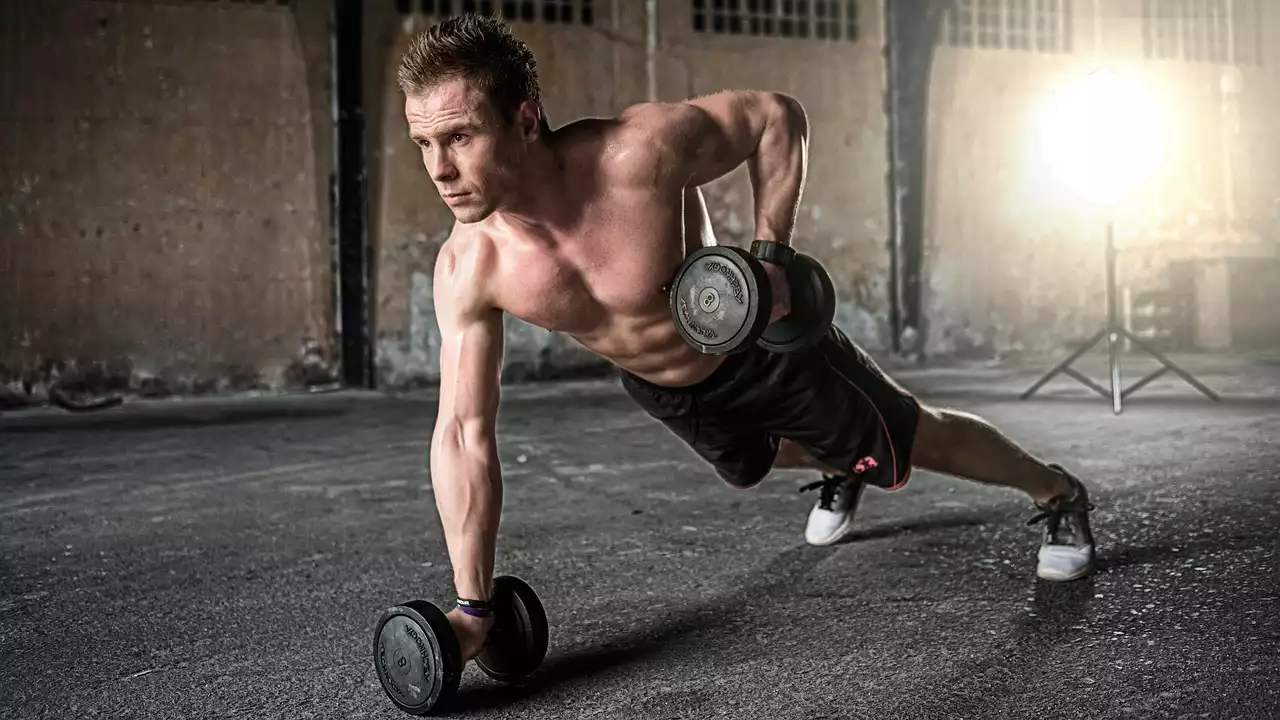How Cardio Helps with Weight Loss
When it comes to weight loss, the key is to create a calorie deficit, which means burning more calories than you consume. Cardio is an effective way to achieve this because it burns a significant number of calories in a short amount of time. When you engage in cardio exercise, your body burns calories and fat for energy, which can lead to weight loss over time. Additionally, cardio helps to increase your metabolism, which means that you'll continue to burn calories even after you've finished your workout.
Another way that cardio helps with weight loss is by reducing visceral fat, which is the fat that surrounds your organs and can lead to health problems such as diabetes and heart disease. Studies have shown that cardio is more effective at reducing visceral fat than resistance training alone. By reducing visceral fat, you'll not only improve your health but also your appearance.
Lastly, cardio can help to reduce your appetite and cravings, which can make it easier to stick to a healthy diet and achieve your weight loss goals. When you exercise, your body releases hormones that suppress appetite and increase feelings of fullness, which can lead to consuming fewer calories throughout the day.
Cardiovascular Health Benefits
In addition to weight loss, cardio provides numerous health benefits for your cardiovascular system. Cardio helps to strengthen your heart and lungs, which can reduce the risk of heart disease and stroke. Additionally, cardio can help to lower your blood pressure and cholesterol levels, which are risk factors for heart disease.
Studies have also shown that cardio can improve insulin sensitivity, which means that your body can use insulin more effectively to regulate blood sugar levels. This can reduce the risk of developing type 2 diabetes.
Lastly, cardio can improve your mood and reduce stress, which can have a positive impact on your mental health. When you exercise, your body releases endorphins, which are hormones that make you feel good. Endorphins can help to reduce stress, anxiety, and depression, which can improve your overall well-being.
Types of Cardio Exercises
There are numerous types of cardio exercises that you can incorporate into your weight loss routine. The key is to find an activity that you enjoy and can stick to. Here are some popular types of cardio exercises:
Running
Running is a high-intensity cardio exercise that can burn a significant amount of calories in a short amount of time. It's also a great way to improve your cardiovascular health and endurance. If you're new to running, start with a walk/run program and gradually increase your running time.
Cycling
Cycling is a low-impact cardio exercise that's easy on your joints. It's also a great way to improve your cardiovascular health and lower body strength. Whether you prefer outdoor cycling or indoor cycling classes, cycling is an effective way to burn calories and improve your fitness.
Swimming
Swimming is a low-impact cardio exercise that's great for people of all fitness levels. It's also a full-body workout that can improve your cardiovascular health and upper body strength. If you're new to swimming, start with a few laps and gradually increase your distance.
Dancing
Dancing is a fun and enjoyable way to get your heart rate up and burn calories. Whether you prefer Zumba, hip hop, or ballroom dancing, dancing is a great way to improve your cardiovascular health and coordination.
How to Incorporate Cardio into Your Weight Loss Routine
Incorporating cardio into your weight loss routine doesn't have to be complicated. The key is to find a time and activity that works for you. Here are some tips for incorporating cardio into your weight loss routine:
Schedule Your Workouts
Schedule your cardio workouts just like you would any other appointment. This will help you stay consistent and make exercise a priority.
Start Slowly
If you're new to cardio exercise, start slowly and gradually increase your intensity and duration. This will help you avoid injury and build endurance over time.
Mix It Up
Incorporate a variety of cardio exercises into your routine to keep things interesting and prevent boredom. Try running one day, cycling the next, and swimming on the weekend.
Find a Workout Buddy
Working out with a friend or family member can make cardio exercise more enjoyable and help you stay accountable.
Set Realistic Goals
Set realistic goals for your weight loss and cardio routine. This will help you stay motivated and track your progress over time.
Cardio Frequency and Duration for Weight Loss
When it comes to cardio frequency and duration for weight loss, it's important to find a balance between challenging yourself and avoiding injury. Here are some general guidelines:
Frequency
For weight loss, aim to do at least 150 minutes of moderate-intensity cardio exercise or 75 minutes of vigorous-intensity cardio exercise per week. This can be broken down into 30-minute sessions, five days a week.
Duration
The duration of your cardio workouts will depend on your fitness level and goals. Aim to gradually increase your duration over time. For beginners, start with 20-30 minutes of cardio exercise and gradually increase to 45-60 minutes.
Combining Cardio with Strength Training
While cardio exercise is important for weight loss, it's also important to incorporate strength training into your routine. Strength training helps to build lean muscle mass, which can increase your metabolism and burn more calories at rest. Additionally, strength training can help to improve your posture, balance, and overall strength.
Try to incorporate strength training exercises such as squats, lunges, and push-ups into your routine two to three times per week. This can be done in addition to your cardio workouts or on separate days.
Best Practices for Effective Cardio Workouts
To get the most out of your cardio workouts, it's important to follow these best practices:
Warm-up
Before starting your cardio workout, spend 5-10 minutes warming up with dynamic stretches such as leg swings and arm circles.
Cool-down
After your cardio workout, spend 5-10 minutes cooling down with static stretches such as hamstring stretches and shoulder stretches.
Monitor Intensity
Monitor your intensity level during your cardio workouts by tracking your heart rate or perceived exertion level. This will help you stay within your target heart rate zone and avoid overexertion.
Stay Hydrated
Drink plenty of water before, during, and after your cardio workouts to stay hydrated.
Wear Proper Footwear
Wear proper footwear that provides support and cushioning for your feet and ankles.
Common Mistakes to Avoid During Cardio Exercise
To get the most out of your cardio workouts and avoid injury, it's important to avoid these common mistakes:
The Worst Cardio Mistakes Everyone Makes For Fat Loss (Avoid These)
Overexertion
Avoid pushing yourself too hard too soon. Gradually increase your intensity and duration over time.
Poor Form
Maintain proper form during your cardio workouts to avoid injury. For example, when running, keep your shoulders relaxed and your arms at a 90-degree angle.
Skipping Warm-up and Cool-down
Skipping your warm-up and cool-down can increase your risk of injury and lead to muscle soreness.
Not Hydrating Enough
Drink plenty of water before, during, and after your cardio workouts to stay hydrated.
Wearing Improper Footwear
Wear proper footwear that provides support and cushioning for your feet and ankles to avoid injury.










